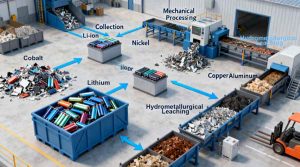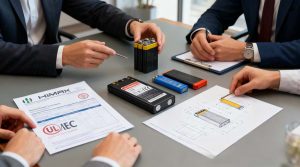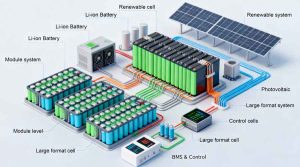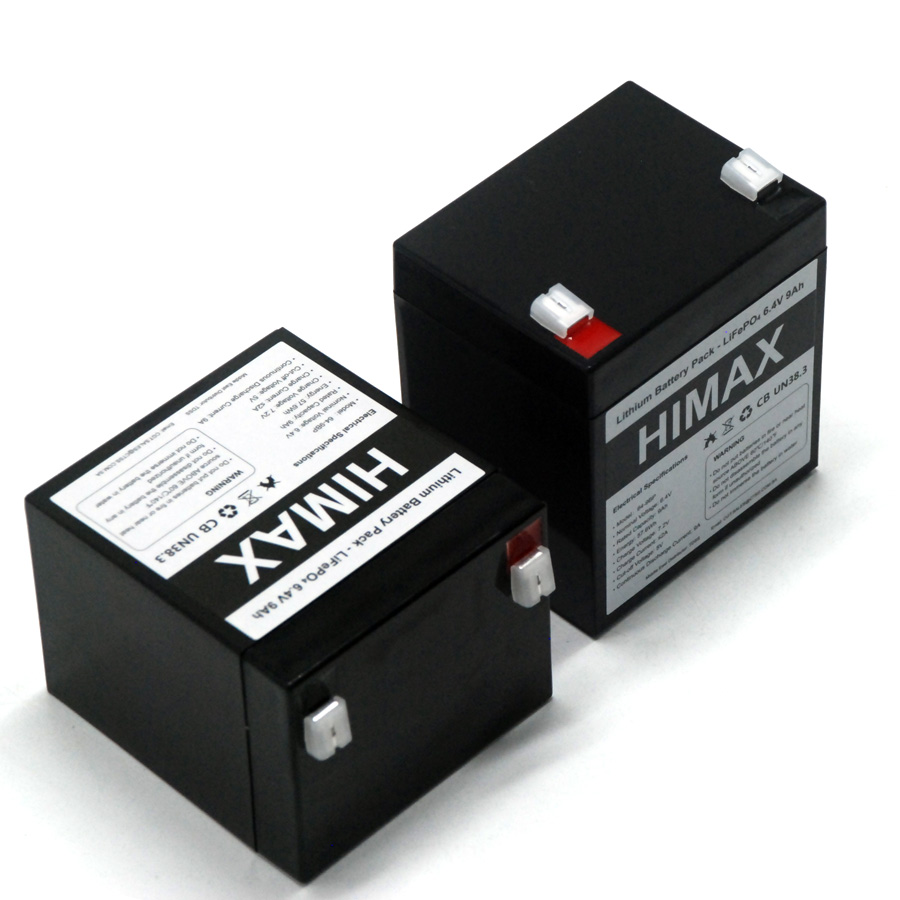Lithium-ion batteries power almost every portable device we rely on today. They drive smartphones, laptops, medical instruments, e-mobility products, and industrial systems. Even though these batteries are known for efficiency and durability, they can still fail or become damaged. Understanding the lithium ion battery failure mechanism is essential for companies, engineers, procurement teams, and everyday users. When you know what causes damage, you can prevent downtime, reduce maintenance costs, and extend product lifespan.
Manufacturing Defects That Lead to Battery Damage
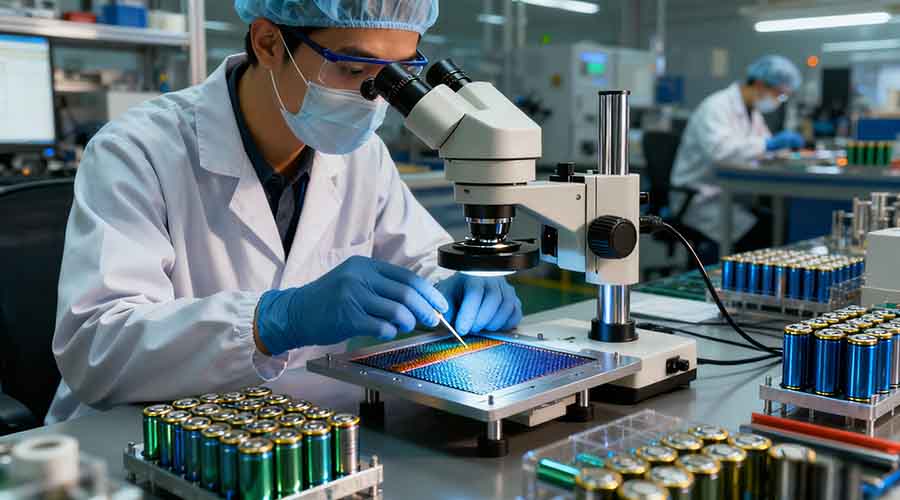
Manufacturing defects are one of the earliest sources of lithium ion battery failure. Even with advanced production lines, problems can appear during electrode coating, welding, electrolyte filling, and assembly.
One common defect is uneven electrode coating. When the coating is inconsistent, certain areas generate more heat than others. This accelerates battery degradation and increases internal resistance. Another issue is poor welding on tabs or connectors. If a connection is unstable, the battery can experience intermittent power loss or overheating.
Internal contamination is another major problem. Metal particles or leftover raw materials inside the cell can pierce the separator. When this happens, a short circuit occurs. This can trigger thermal runaway, which is dangerous and often results in permanent battery damage.
Quality-focused manufacturers rely on strict quality control, X-ray inspection, adhesion testing, and automatic detection systems to eliminate defects. But procurement teams must still check vendor certifications and testing standards to reduce risk.
Overcharge and Over-discharge Stress on Batteries
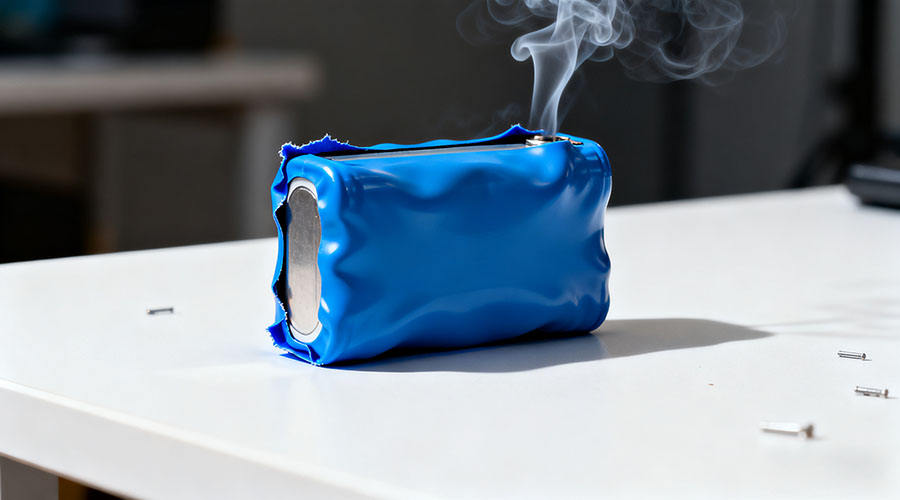
Overcharge is one of the most harmful conditions for a lithium ion battery. When the voltage rises above its safe threshold, the electrolyte becomes unstable. The cathode material also breaks down. This chemical reaction releases excessive heat. If the charging continues, the internal pressure increases until the cell swells or vents.
Over-discharge can be just as dangerous. When a battery drops below the minimum allowed voltage, copper dissolution can occur. This creates metal deposition inside the cell. Later, when the battery is charged again, those copper deposits may form dendrites. These tiny needle-like structures can pierce the separator and cause internal shorts.
Modern devices use overcharge protection and battery management systems (BMS) to avoid these issues. A good BMS monitors voltage, temperature, and current in real time. It stops charging before the voltage reaches dangerous levels. It also prevents the battery from being drained too deeply.
High Temperature and Its Impact on Battery Degradation

Temperature plays a major role in battery lifecycle and performance. High heat accelerates electrolyte decomposition, increases internal resistance, and wears out the active materials inside the cell.
Exposure to heat can happen in multiple ways:
- A device operates in a hot environment
- The battery is placed near an external heat source
- Charging occurs in an enclosed or poorly ventilated space
- The device runs high-load applications for long periods
When the battery temperature rises above the safe operating range, chemical reactions speed up. The SEI (Solid Electrolyte Interphase) layer becomes unstable. When the SEI breaks down and reforms repeatedly, capacity loss speeds up. This is one of the most common forms of battery degradation.
In severe cases, heat can trigger thermal runaway, where the battery enters a self-heating cycle that it cannot stop. This can cause swelling, smoke, or complete failure.
To prevent heat-related damage, companies must use proper thermal management designs, heat sinks, airflow channels, and intelligent charging systems.
Mechanical Damage Caused by Physical Impact
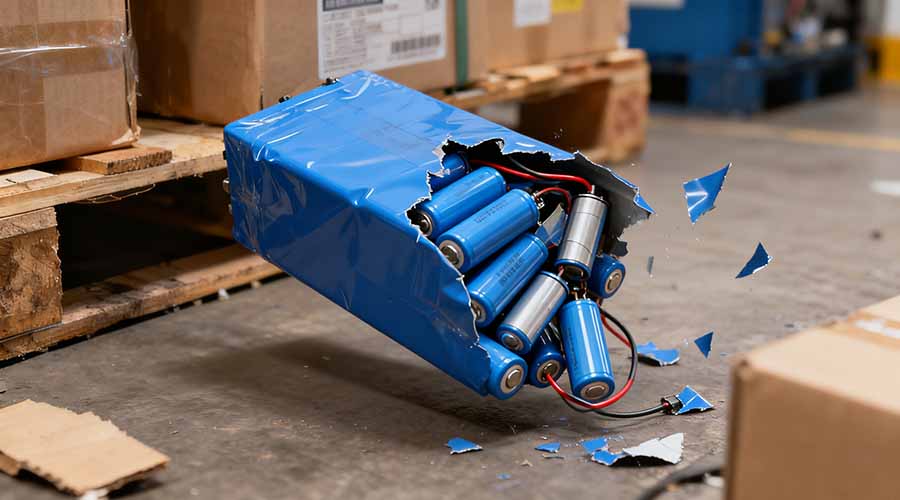
Lithium-ion batteries are sensitive to mechanical pressure, bending, or crushing. When a battery is punctured, the separator inside can tear. A torn separator allows the anode and cathode to touch, which leads to immediate short circuits.
Mechanical stress can occur during:
- Transportation
- Device assembly
- Drops or impacts from everyday use
- Bending flexible battery packs
- Using incompatible accessories or mounting brackets
Once the internal structure is damaged, the battery may swell, heat up, or lose capacity dramatically. Companies shipping lithium ion battery products need certified packaging and handling rules to avoid this.
Poor Charging Habits and Incompatible Chargers
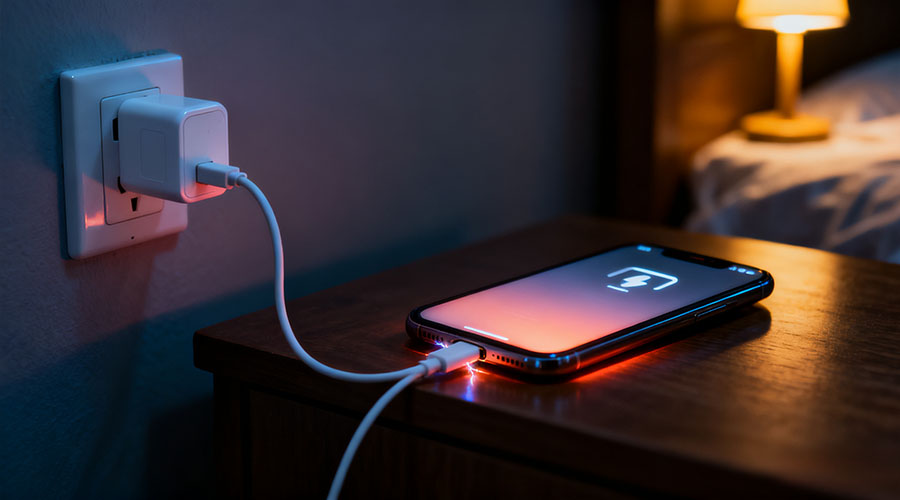
Many users do not realize that poor charging habits can shorten battery lifespan. Using a cheap or non-certified charger can introduce unstable voltage and current. This increases heat generation and reduces battery safety.
Fast chargers that are not properly regulated can also push too much current into the battery. While high-speed charging is convenient, it must be managed by a proper BMS and compatible charger. Otherwise, the electrolyte and electrode materials degrade faster.
Charging in cold environments is another issue. At low temperatures, lithium plating can occur. This creates metallic deposits that interfere with normal operation. Once lithium plating forms, the risk of thermal runaway increases during future charging cycles.
Aging and Natural Battery Degradation Over Time
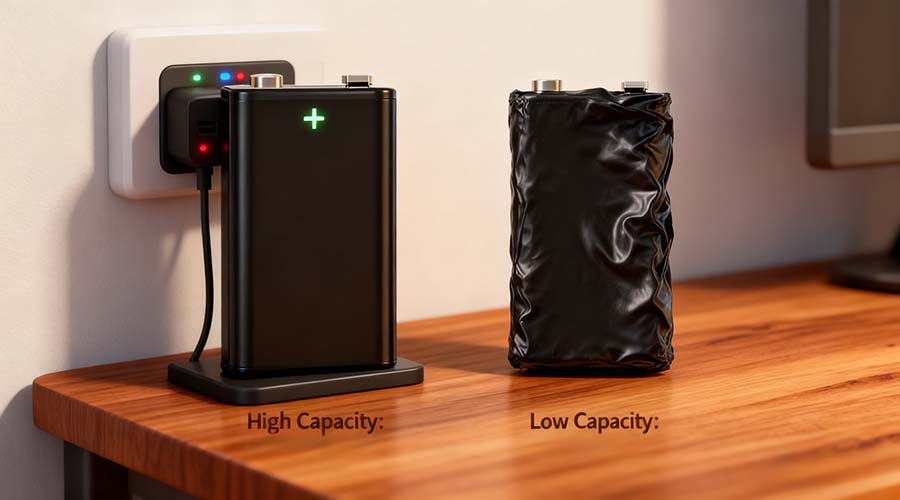
Even with proper use, every lithium ion battery experiences natural aging. Chemical reactions slowly reduce its capacity. After several hundred charge cycles, the battery lifecycle reaches a point where capacity loss becomes noticeable.
Aging occurs because:
- The SEI layer grows thicker
- Active lithium becomes trapped
- Electrolyte loses stability
- Internal resistance increases
- Electrode material cracks from expansion and contraction
This is normal and unavoidable. But proper storage, moderate charging levels, and stable temperatures can delay aging.
Environmental Exposure: Moisture, Dust, and Corrosion
Humidity and moisture are common but often overlooked causes of battery failure. Water vapor can enter the battery housing and react with the electrolyte. This increases gas generation and corrosion.
Dust can also interfere with connectors, causing resistance that leads to heat buildup. In industrial settings, corrosive chemicals can damage the battery casing and terminals. Proper sealing, IP-rated enclosures, and waterproof coatings help protect against environmental danger.
Improper storage is a major cause of early battery degradation. When a lithium ion battery remains fully charged for long periods, the internal pressure increases. This accelerates aging. Storing a battery at extremely low or high temperatures also causes irreversible damage.
The ideal storage state is around 40–60% charge and in a cool, dry environment. Many companies use controlled warehouses to maintain safe conditions for spare batteries.
BMS Failure and Inaccurate Monitoring
The battery management system is essential for monitoring temperature, voltage, current, and overall health. If the BMS malfunctions, the battery may overcharge, over-discharge, or operate outside its safe temperature window.
A faulty BMS can also provide incorrect SOC (State of Charge) readings. This leads to misuse, deeper discharge, and faster battery degradation. Companies must select reliable electronics and request BMS testing reports from battery suppliers.
Chemical Instability and Electrolyte Breakdown
Electrolyte stability is key to long battery life. Over time, the electrolyte can break down due to heat, moisture, or repeated cycling. When this happens, gas forms inside the cell. Pressure increases and swelling occurs.
If the electrolyte breaks down too quickly, it indicates poor material selection or substandard manufacturing. High-quality suppliers use advanced formulations to maintain battery safety and stability.
How to Reduce Lithium-ion Battery Damage
To reduce damage and extend battery lifecycle, companies and users should:
- Use chargers with proper overcharge protection
- Store batteries at moderate temperatures
- Avoid extreme heat and cold
- Prevent mechanical stress or pressure
- Work with certified suppliers
- Monitor battery data using a reliable BMS
- Avoid full charges and full discharges when possible
- Follow certified shipping and handling guidelines
HiMAX 3.7V Lithium Ion Battery – Reliable, Safe, and Built for Long Life
HiMAX is one of the world’s leading developers of custom and standard lithium battery solutions. Our 3.7V lithium ion battery lineup is engineered for stable performance, high safety, and long cycle life. With strict quality control, premium materials, and advanced BMS protection, HiMAX batteries deliver dependable power for consumer electronics, industrial equipment, medical devices, IoT systems, and smart mobility products. If you need trusted 3.7V battery solutions backed by expert engineering support, HiMAX is your ideal partner.
Find articles related to lithium ion batteries


